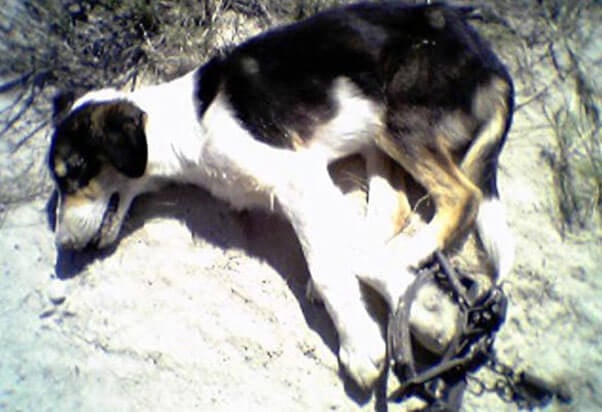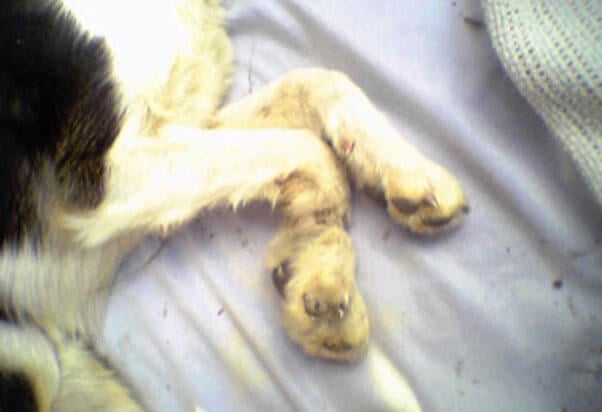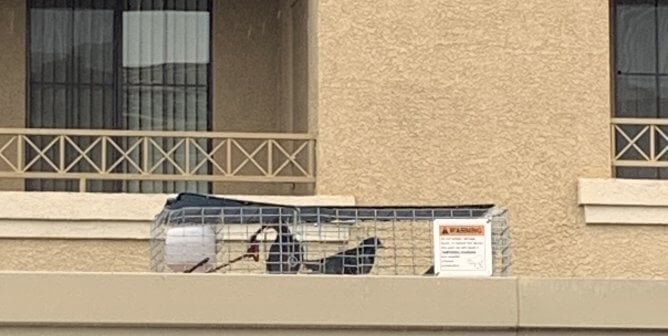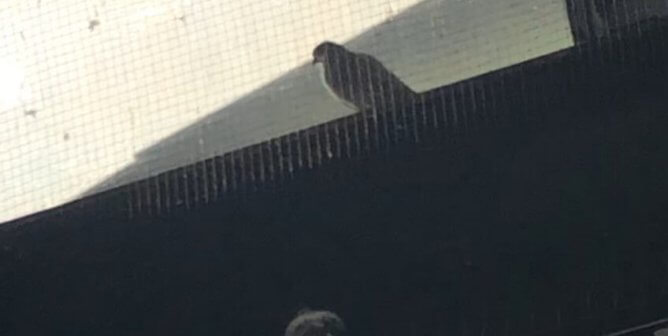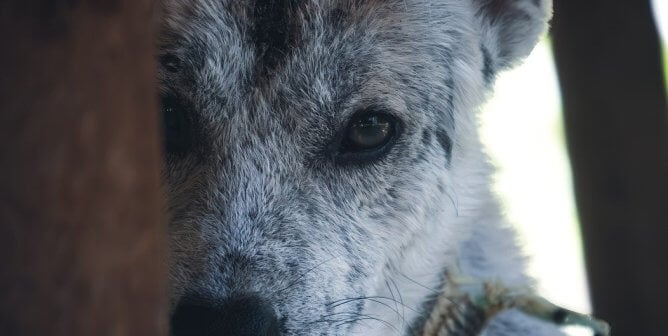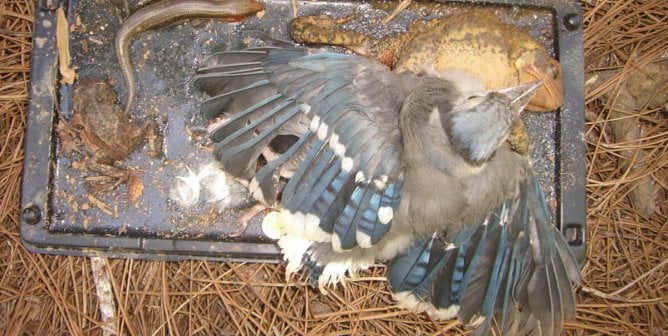Cruel Wildlife Trapping
Every year, trappers kill 10 million raccoons, coyotes, wolves, bobcats, opossums, nutria, beavers, otters, and other fur-bearing animals. Trappers use various types of traps, including snares and conibear traps, but the steel-jaw trap is the one that’s most widely used.
The American Veterinary Medical Association condemns these traps and has classified them as “inhumane.”
When an animal steps on the steel-jaw trap spring, the trap’s jaws slam shut, clamping down on the animal’s limb or paw. As the animal struggles in excruciating pain to get free, the steel vise cuts into his or her flesh—often down to the bone—mutilating the leg or paw. Some animals, especially mothers desperate to return to their young, will even attempt to chew or twist off their trapped limbs.
Animals often struggle for hours, sometimes days, before they finally succumb to exhaustion, exposure, frostbite, shock, and death.
Because steel-jaw traps are inherently cruel, they have been banned in 88 countries. Their use is banned or restricted in several U.S. states, including Arizona, California, Colorado, Florida, Massachusetts, New Jersey, Rhode Island, and Washington. The European Union has banned the use of steel-jaw traps in Europe and banned the importation of pelts from countries that use these cruel devices to trap and kill fur-bearing animals.
The first dog … had one rear leg that was swollen below the hock, the skin on the foot was necrotic and smelled gangrenous, and bones were exposed. The dog was lethargic, dehydrated, and in pain. Euthanasia was recommended.… –Dr. Teri Schweiss
Not only are traps cruel, they are also completely indiscriminate. Every year, dogs, cats, birds, and other animals—including endangered species—are “accidentally” crippled or killed by traps placed in public areas across the country.
At approximately 3 p.m. on July 8, 2004, at the Badlands National Park just outside of Scenic, South Dakota, Humane Officer Jill Gravley of the Humane Society of the Black Hills discovered four dogs lying on hard, dry, hot soil about 30 feet from one another. The animals had no protection from the blistering sun and no access to water. Officer Gravley initially thought the dogs were tethered to low-lying vegetation nearby, but upon closer inspection she saw that their paws were clamped in steel-jaw traps.
Officer Gravley noticed a patch of ground covered in matted black fur. A National Park Service employee explained that a dog had died and was likely dragged away from the area by a wild animal. The employee informed Officer Gravley that the traps clamped around the dogs’ paws had not been checked in more than 48 hours.
The animals were immediately taken to the humane society’s animal clinic for care. Most were suffering so badly that it was determined that euthanasia would be the most compassionate option.
Read Humane Officer Jill Gravley’s firsthand account and Dr. Teri Schweiss’ medical evaluation of the dogs.
The only way to prevent animal companions and other unintended victims from wandering into these horrific traps is for the U.S. to follow the lead of 88 other countries and ban the use of steel-jaw traps once and for all. As long as steel-jaw traps and other body-gripping devices are available to trappers, animals will continue to suffer and die in them.


